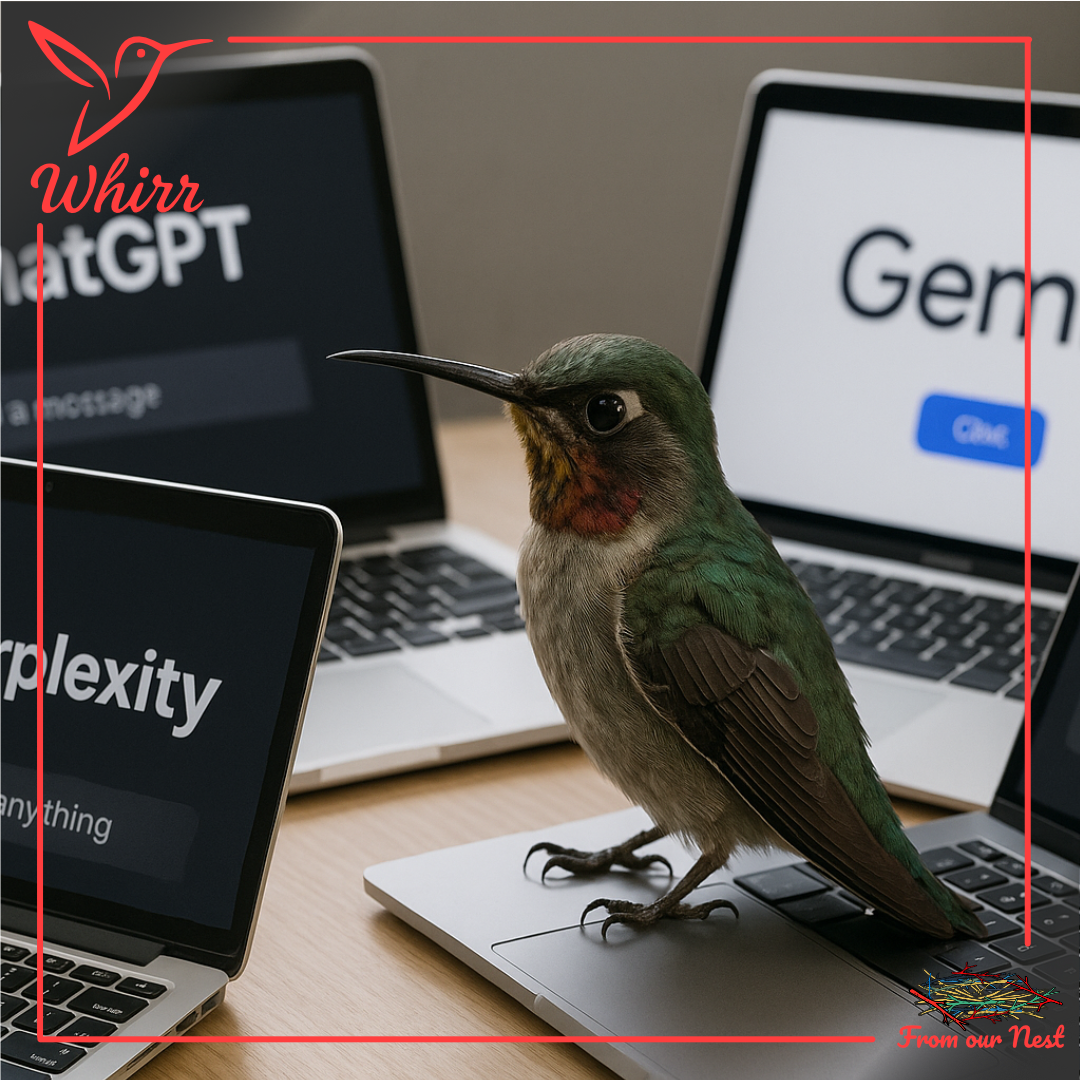
AI Agents Are Learning to Buy Ads. Here’s the Code They’ll Speak
AI Agents Are Learning to Buy Ads — The Advertising Context Protocol (AdCP) could rewrite the rules of modern ad creative, media and production.
The advertising industry loves its acronyms. CPMs, RTBs, DSPs, APIs — and now, AdCP. But this one’s different.
The Advertising Context Protocol isn’t just another integration spec. It’s a new language for how platforms, partners, and — increasingly — AI agents will talk to each other about media.
If that sounds abstract, picture it like this: instead of every ad platform having its own dialect, AdCP teaches them a shared vocabulary. The goal? A world where a single AI agent could plan, buy, and optimize ads across ecosystems without needing custom code for each.
💡 What AdCP Actually Is
Launched in October 2025 by a coalition including PubMatic, Scope3, and Yahoo, AdCP is an open-standard protocol — think of it as a universal translator for ad-tech systems.
It defines how platforms describe inventory, audiences, budgets, and performance in a machine-readable, consistent way.
That consistency is what allows AI agents (like the ones emerging across marketing workflows) to execute tasks like:
Creating cross-platform campaigns
Adjusting bids or targeting dynamically
Comparing CPMs across networks
Measuring performance — all in real time
AdCP makes advertising automation scalable.

AI Slop: What It Is—and How to Steer Clear of It
You’ve probably seen it. The warped hands. The uncanny smiles. The melted type on a “perfect” AI-generated ad. It’s called AI Slop—and it’s quietly creeping into social feeds, stock libraries, and brand visuals everywhere.
AI slop happens when speed overtakes intent. Instead of thoughtful creation, you get a slurry of half-formed images produced by models that have trained on their own mess. The result? Visual noise that erodes trust, muddles your message, and makes your brand look like everyone else (or nothing else at all).
But here’s the good news: you can use AI to move fast without falling into the slop trap. It just takes a little structure.

🥠 Post-Cookie Pragmatism: Six Moves for Smarter Media
🥠 Post-Cookie Pragmatism: Six Moves for Smarter Media
The headlines have been noisy: third-party cookies “dying,” “delayed,” “resurrected.” But here’s the truth: cookies aren’t dead—lazy targeting is. Chrome’s shifting policies have forced every brand, big or small, to rethink how they connect with audiences. The winners won’t be the ones waiting for clarity. The winners will be the ones leaning into pragmatic moves right now.
Need a playbook for what to do right now? Whirr’s got your back!

📚The Case for Long-Form Content in a Short-Form World
📚The Case for Long-Form Content in a Short-Form World
Sep 22
Not everyone is a thumb-flicker. In the endless race to grab shrinking attention spans, brands often forget about the other audience — the people who pause, linger, and actually read. These readers may be fewer in number, but they’re deeper in value.
In 2026 and beyond, we think the “slow scroll” is where trust and resonance take root. Here are some tips that can reward and capitalize on that audience.

🔮 The 2026 Forecast: Creative + Media Trends Brands Should Prepare For Now
The 2026 Forecast: Creative + Media Trends Brands Should Prepare For Now
If 2024 was the year of experimenting with AI and 2025 was about rethinking budgets, then 2026 will be the year of integration. Creative and media aren’t just colliding — they’re converging into something leaner, faster, and more audience-first than ever. For small and mid-sized brands, seeing what’s around the corner isn’t a luxury. It’s the difference between running to catch up and running out in front.
Here’s our forecast: six shifts already in motion that will define the creative and media landscape of 2026 — and what you can do today to prepare.

🧠 The Rise of AI Content Engines: Efficiency Meets Brand Voice
The explosion of AI content creation tools has revolutionized how marketers produce blogs, product descriptions, social posts, and even email sequences. But while these engines can write at scale, a pressing question remains:
🤖 Can AI-generated content sound like you?
At Whirr Media, we believe the power of generative AI lies not in replacing creativity—but in accelerating it. Here’s how AI content engines are being used wisely by bold brands, and the terminology you need to navigate this fast-evolving space.

Creative Is the New Targeting: Why Your Ad Design Matters More Than Ever
Creative Is the New Targeting: Why Your Ad Design Matters More Than Ever
When data shrinks, creativity expands.
For years, digital advertising felt like a game of precision darts. With cookies, device IDs, and third-party data, marketers could target a very specific someone with the perfect message at the perfect time.
But privacy updates, cookie deprecation, and signal loss have changed the game.
Now? The dartboard is fuzzier. The targeting is broader. And the creative—your message, your visuals, your storytelling—is carrying more weight than ever before.


